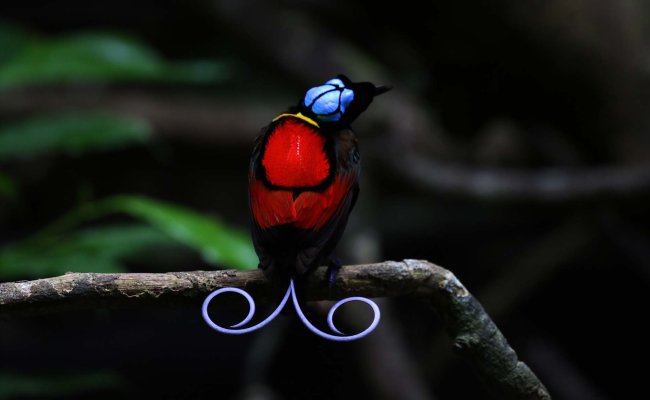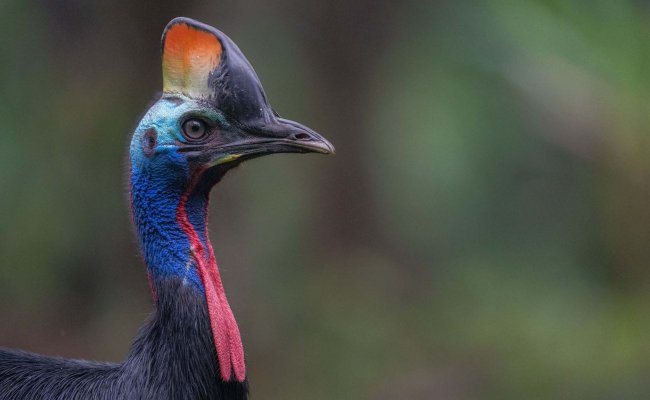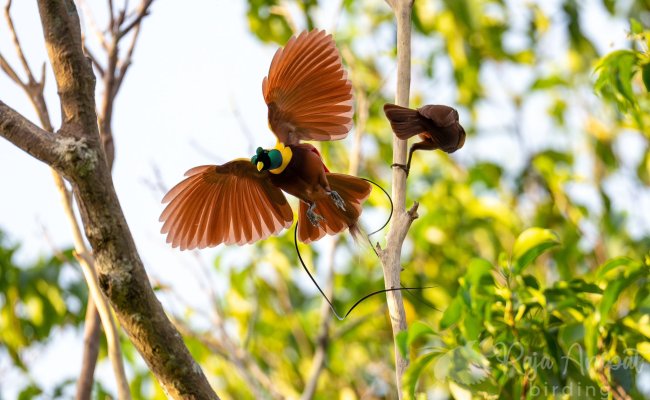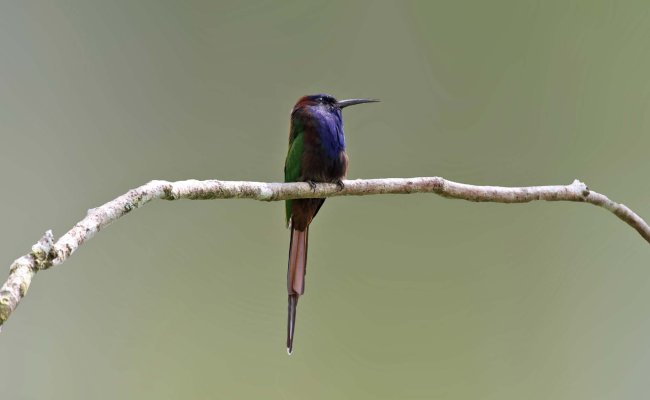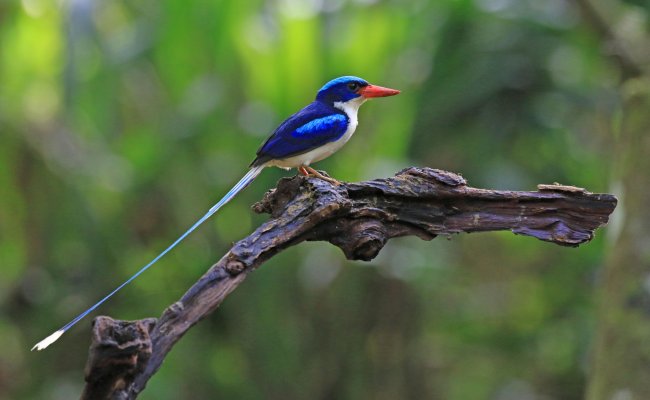The maleo (Macrocephalon maleo) is a large megapode and the only member of the monotypic genus Macrocephalon. The maleo is endemic to the Indonesian island of Sulawesi. It is found in tropical lowland and hill forests, but nests in open sandy areas, volcanic soils, or beaches that are heated by the sun or geothermal energy for incubation. There are also megapode species that use fermenting compost to incubate their eggs.
The maleo is approximately 100 cm long (males show 1389–1588 g, while females 1503–1758 g) with blackish plumage, bare yellow facial skin, reddish-brown iris, reddish-orange beak, and rosy salmon underparts. The crown is ornamented with a black helmet casque. The greyish-blue feet have four long sharp claws, separated by a membranous web. The sexes are almost identical with a slightly smaller and duller female. On the other hand, juveniles have largely brownish and paler heads with short blackish-brown crests and browner upperparts.
Behaviour and ecology
The maleo's egg is large, about five times as large as that of the domestic chicken. The female lays and covers each egg in a deep hole in the sand and allows the incubation to take place through solar or volcanic heating. After the eggs hatch, the young birds work their way up through the sand and hide in the forest. The young birds can fly and are independent. They must find food and defend themselves from predators such as monitor lizards, reticulated pythons, wild pigs, and cats.
The maleo is monogamous, and members of a pair stay close to each other all the time. Its diet consists mainly of fruits, seeds, mollusks, ants, termites, beetles,s, and other small invertebrates.
Status and conservation
Since 1972, this species has been protected by the Indonesian government. Due to ongoing habitat loss, limited range, high chick mortality rates, and overhunting in some areas, the maleo is evaluated as Endangered on the IUCN Red List of Threatened Species. It is listed in Appendix I of CITES.
In 2009, the US-based Wildlife Conservation Society worked with the local government to purchase 36 acres (150,000 m2) of Indonesian beachfront property where approximately 40 nests are located to further conservation efforts and protect this bird.
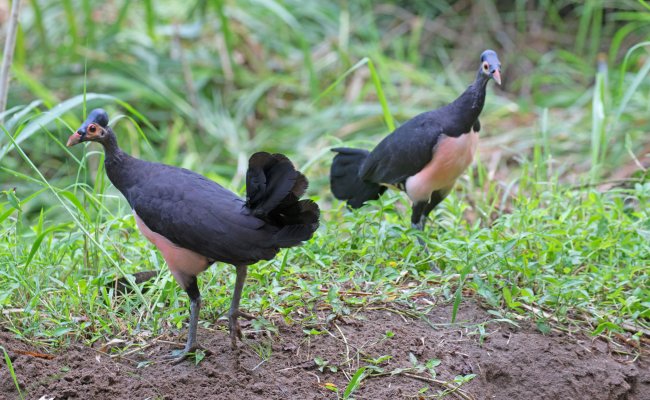 Maleo, Image by Mohamad Naliko
Maleo, Image by Mohamad Naliko
